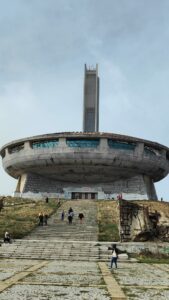Exploring Veliko Tarnovo and beyond
Volunteering at Vegetarium has given me a fantastic opportunity to explore Bulgaria during my days off. Recently, I spent five days traveling around the historic city of Veliko Tarnovo, discovering parts of this beautiful country I hadn’t known before. Despite its small size, Bulgaria offers an impressive range of sights that can captivate any traveler.
One of the first things that struck me during my travels was the abundance of Orthodox monasteries scattered across the country. While they share a similar architectural style, each monastery is unique, offering its own distinct atmosphere. Although I found it difficult to pick a favorite, the Troyan Monastery left a lasting impression. Its old, charming church, though part of a smaller monastery, was a highlight and definitely worth the visit.
Another fascinating aspect of Bulgaria is its many caves. Nestled in the Balkan Mountains, the country’s geography is ideal for the formation of these natural wonders. I explored two very different caves: Bacho Kiro, which is well-developed for tourists, and Dark Hole, a wild and unsupervised cave that gave me a thrilling sense of adventure. Walking through the latter, with no guides or safety measures, was a bit risky but incredibly exhilarating.
But the real showstopper of my trip was the Buzludzha Monument. Perched atop a mountain, this UFO-shaped structure was built in the 1980s by the Bulgarian Communist Party as a headquarters and is also a memorial to a secret socialist meeting led by Dimitar Blagoev in 1892. The monument’s design and location left me in awe.
What truly captivated me was the monument’s eerie, otherworldly atmosphere. It felt like stepping into a scene from a science fiction movie. My curiosity only deepened when I learned that visitors are no longer allowed inside. A quick Google search revealed photos of the impressive yet decaying conference hall hidden within. As someone who has always been fascinated by socialist and communist architecture and history, standing before Buzludzha felt like being transported into the heart of Eastern Europe’s complex past, shrouded in secrecy and power.
In conclusion, this trip allowed me to gain a deeper understanding of Bulgarian culture by immersing myself in the country’s rich history. Volunteering here has given me the chance to explore exciting, off-the-beaten-path places in Bulgaria. For a small country, it holds a remarkable history that has shaped its unique identity, and I’m grateful to be discovering it piece by piece.
Ivan Herrera Topchevod


